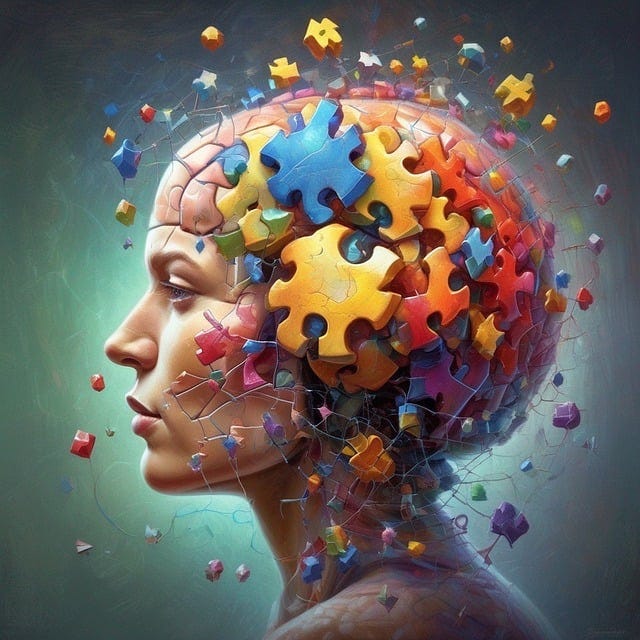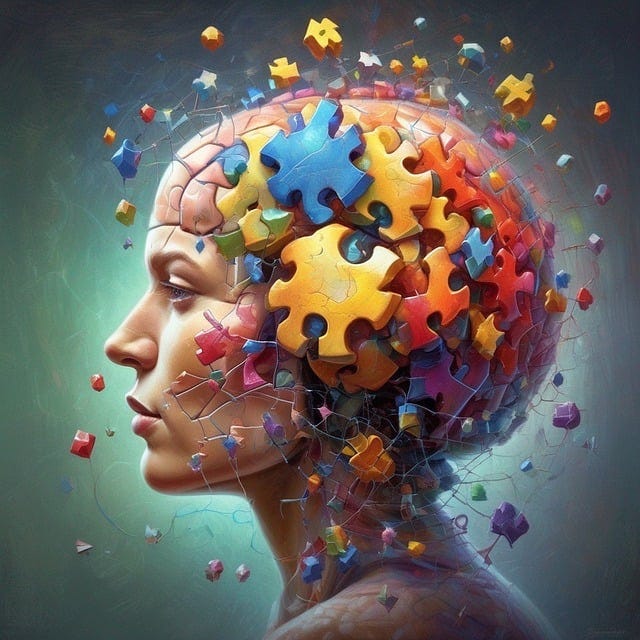The Diary of A Healer: I have Been Recently Exploring the Body-Mind Approach To Healing My Cancer Diagnosis
Follow my journey
Body-mind is an approach to understanding the relationship between the mind and the human body, in which they are viewed as a single integrated unit, each affecting the other.
It attempts to address the mind–body problem and resists the Western traditions of mind–body dualism. Many oncology departments and cancer hospitals recognize the importance of body-mind and yet it is seldom made a central part of the therapeutic process or is usually pushed to the side under label of unscientific alternative medicine.
Often patients never know that these approaches even exist and with a focus on killing cancer cells and through immunotherapy, surgery, radiation, oncolytic virus therapy, and chemotherapy, little attention is played to mind-body as an approach to healing cancer and other illnesses synergetically.
A Modern Understanding
The mind is composed of mental fragments- sensations, feelings, thoughts, imaginations, all flowing both in an ordered sequence, and in a chaotic fashion simutaneosly…. On the other hand, the body is constructed under the underlying laws of physics, and its components obey the well-enumerated laws of physiology. It is these characteristic differences between these two – between mind and body – that lead to what is clled the Mind-Body problem." While Western populations tend to believe more in the idea of dualism, there is also good research on the neurophysiology of emotions and their foundation in human meaning-making, mental function, and in healing physical disease.
The term can be a number of disciplines, including:
Psychoneuroimmunology, the study of the interaction between psychological processes and the nervous and immune systems of the human body, which applies basic principles of somatic psychology. It originated in the work of Pierre Janet and particularly Wilhelm Reich.
Psychosomatic medicine, an interdisciplinary medical field exploring the relationships among social, psychological, and behavioral factors on bodily processes and quality of life in humans and animals. Clinical situations where mental processes act as a major factor affecting medical outcomes are areas where psychosomatic medicine excels.
Neurobiology, the study of the nervous system.
Creative visualization: Creative visualization is the cognitive process of purposefully generating visual mental imagery, with eyes open or closed, simulating or recreating visual perception, in order to maintain, inspect, and transform those images, consequently modifying their associated emotions or feelings, with intent to experience a subsequent beneficial physiological, psychological, or social effect, such as expediting the healing of wounds to the body, minimizing physical pain, alleviating psychological pain including anxiety, sadness, and low mood, improving self-esteem or self-confidence, and enhancing the capacity to cope when interacting with others.
Postural Integration, a process-oriented body psychotherapy originally developed in the late 1960s by Jack Painter (1933–2010) in California, US, after exploration in the fields of humanistic psychology and the human potential movement. The method aims to support personal change and self development, through a particular form of manipulative holistic bodywork.
Creative arts (Expressive) therapy: The expressive therapies are the use of the creative arts as a form of therapy, including the distinct disciplines expressive arts therapy and the creative arts therapies (art therapy, dance/movement therapy, drama therapy, music therapy, writing therapy, poetry therapy, and psychodrama). The expressive therapies are based on the assumption that people can heal through the various forms of creative expression. Expressive therapists share the belief that through creative expression and the tapping of the imagination, people can examine their body, feelings, emotions, and thought process.
laughter yoga: Laughter Yoga is a global laughter exercise program which emphasizes three elements: laughter & playfulness, yogic breath-work, and mindfulness meditation To promote healing and happiness.
Meditation: Meditation is a practice in which an individual uses a technique to train attention and awareness and detach from reflexive, "discursive thinking," achieving a mentally clear and emotionally calm and stable state, while not judging the meditation process itself.
And much more
I have explored all these as part of my own healing journey with cancer, and continue to do so.
Mind–body problem
The mind–body problem is a philosophical problem concerning the relationship between thought and consciousness in the human mind and body.
It is not obvious how the concept of the mind and the concept of the body relate. For example:
To continue reading this information packed essay please upgrade to a paid subscription it will help support my work. Thank you so much.
The Diary of A Healer: I have Been Recently Exploring the Body-Mind Approach To Healing My Cancer Diagnosis
Body-mind is an approach to understanding the relationship between the mind and the human body, in which they are viewed as a single integrated unit, each affecting the other.





